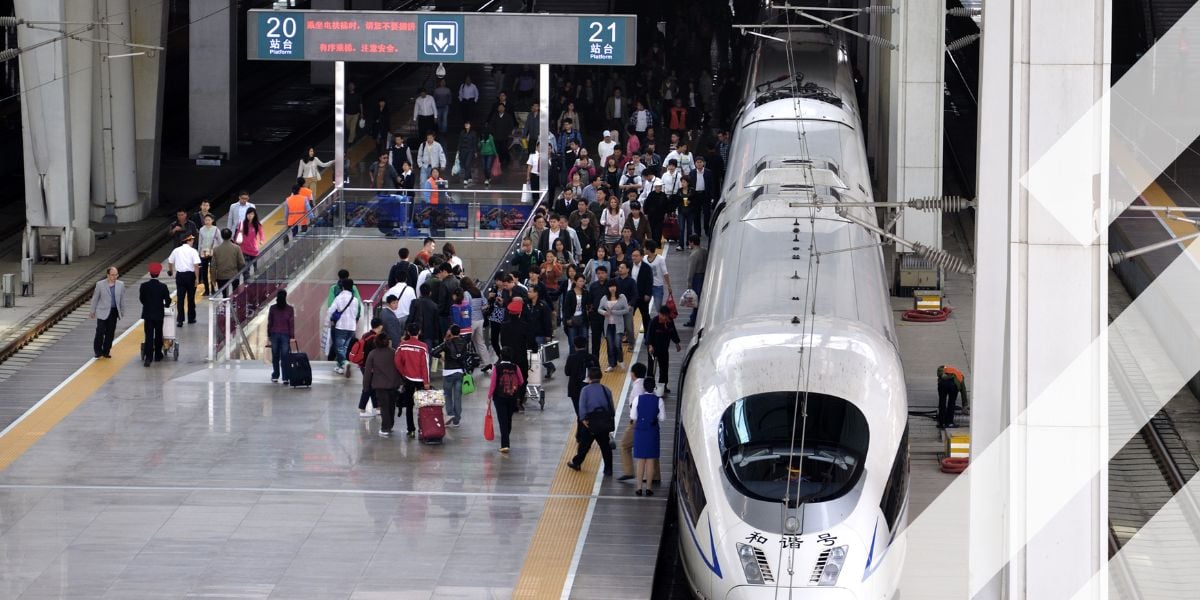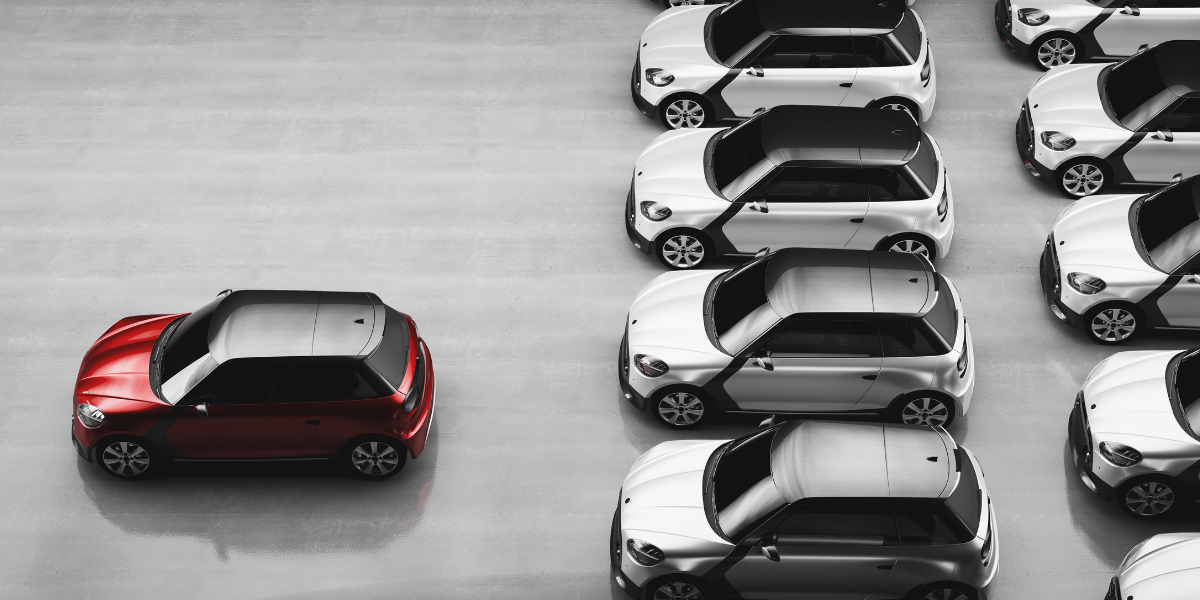Real-time navigation tools could soon offer predictions
One week before my summer holiday in Tuscany, I read the news about the ‘black Saturdays’ on European roads, caused by heavy congestion. Looking for a way around this problem, I found the Dutch news website NU.nl had some advice. “Try to avoid traveling on a Friday night,” it suggested.
“It’s better to depart on Saturday afternoon. And use Google Maps to get the best alternative route options.” This last part was interesting and relatively new advice. So, just how far have we come in recent years with real-time navigation and where are we heading?
Real-time speed data provides a dynamic picture of changing traffic conditions and enables traffic management centers to manage traffic flows. It has also become a very important part of navigation, as it allows drivers to improve on the originally calculated route based on the current traffic situation. The best and fastest route to your destination is optimized while you are driving.
Now even my car navigation predicts the fastest route based on current traffic conditions, but eventually drivers must still make their own choices based on common sense. We’re so stubborn, don’t say you aren’t… So do you follow the advice of your car navigation or not? And if you don’t obey, which choice do you make? There are so many route-finding apps available, but simply by checking one you are creating a safety hazard as you will be taking your focus off the road, which is why using a smartphone while driving is illegal in many countries and US states. Nevertheless choices must be made and they are important as they can make a big difference, especially when you are driving long distances as I was a few weeks ago for my holidays – about 1,000 miles (1,600km), in fact.
It was the end of August when we had to leave beautiful Tuscany behind and head back to the Netherlands. We departed around 4:00pm from our picturesque farmhouse; the car navigation predicted us to arrive home at 6:25am the next day without a stop (my wife and I always take shifts at the wheel), but during the trip our estimated time of arrival varied between 6:25am and 11:20am. Eventually we arrived at 9:00am. The estimated time of arrival appeared ,to change because of unexpected congestion around Florence and Milan.
Such real-time route finding is good, but there is still some way to go – a five-hour margin for error can surely be improved upon. Navigation companies are developing new modeling techniques that will enable not just reacting in real-time to traffic events, but being able to predict them before they happen. This could leave you being directed to drive on a route that appears to make no sense at all. Will we trust such predictions? As they become more reliable we almost certainly will. We’ve already come so far, more often than not leaving our old-fashioned hard copy route maps at home, or even in the trash. As if to prove our newfound trust, as we approach home, our children’s mouths fall open when we explain how we used to navigate…
Richard Butter is director of traffic technology at RAI Amsterdam and is responsible for Intertraffic worldwide events
Share your story
Do you have an innovation, research results or an other interesting topic you would like to share with the professionals in the infrastructure, traffic management, safety, smart mobility and parking industry? The Intertraffic website and social media channels are a great platform to showcase your stories!
Please contact our Sr Brand Marketing Manager Carola Jansen-Young.
Are you an Intertraffic exhibitor?
Make sure you add your latest press releases to your Company Profile in the Exhibitor Portal for free exposure.






